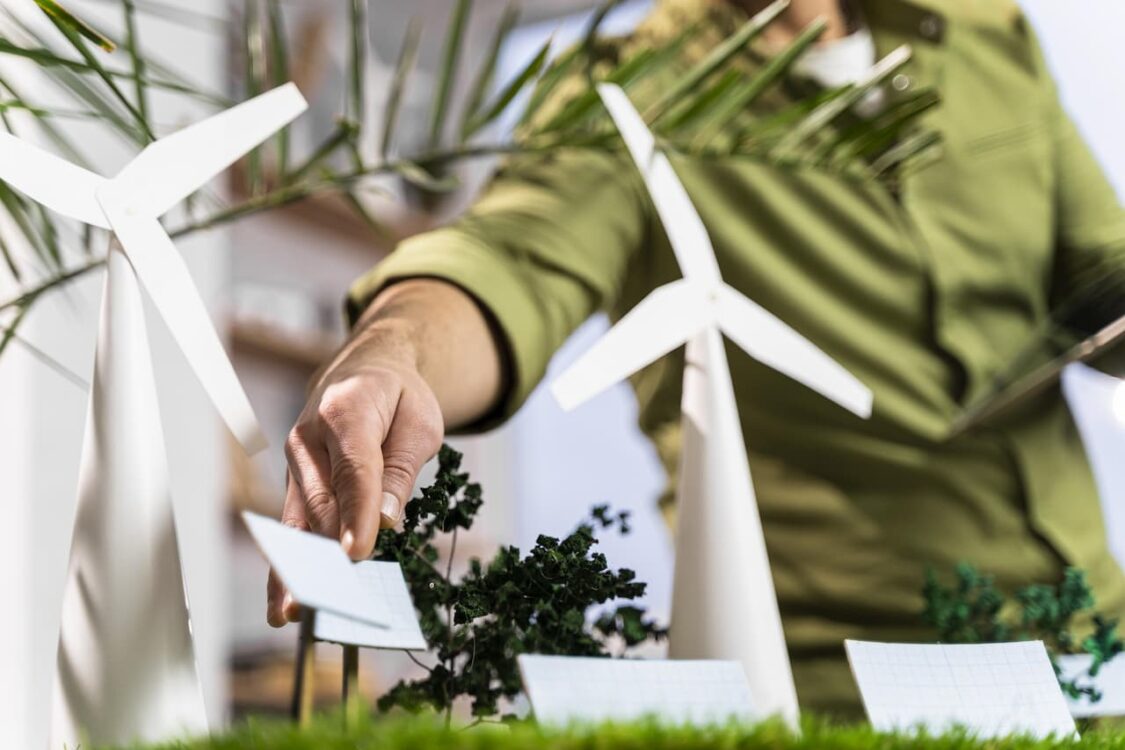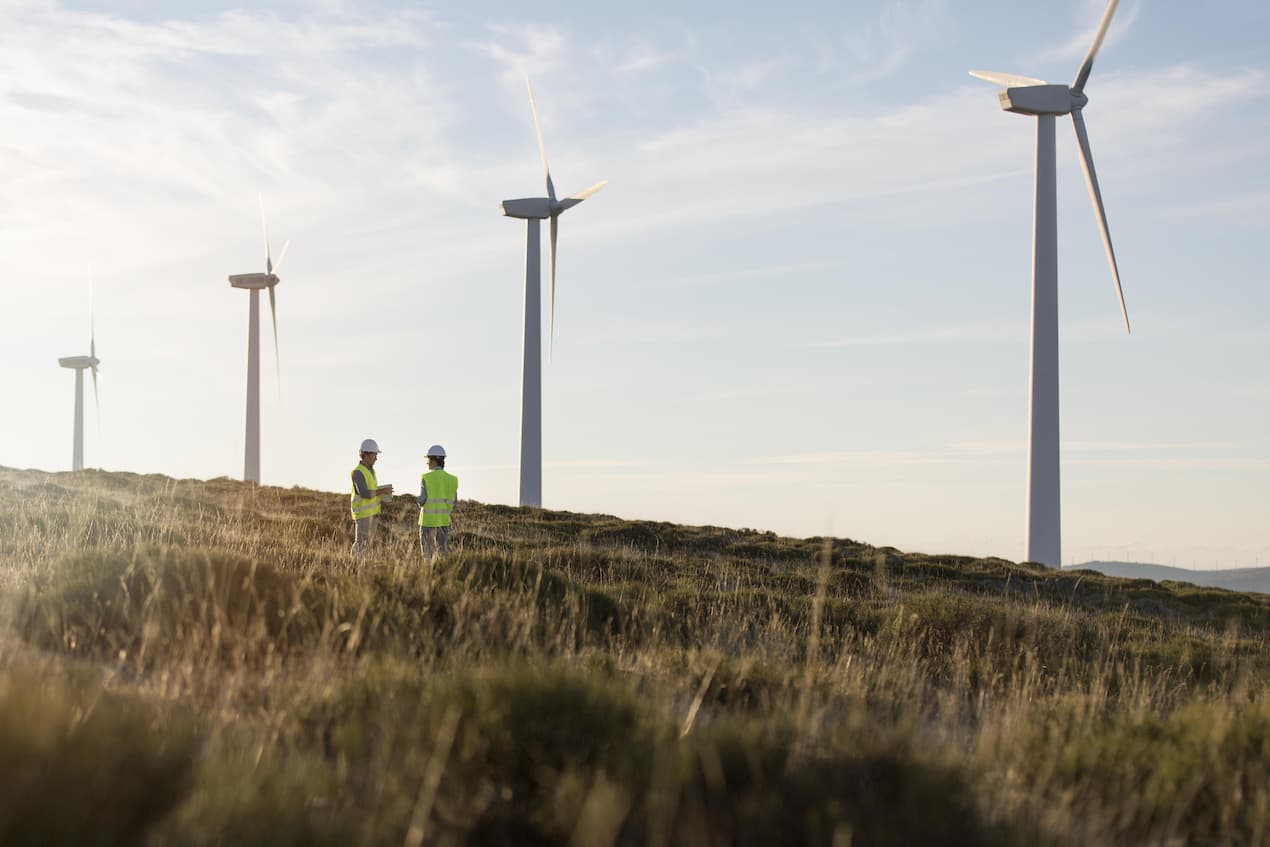The future of renewable energy: innovations shaping tomorrow
As the world increasingly turns its attention towards sustainable solutions, the renewable energy sector is experiencing rapid transformations.
Solar technology: beyond the conventional
Solar energy has been a cornerstone of renewable energy for decades, but recent advancements are pushing the boundaries of what is possible. Traditional silicon-based solar panels are being complemented by innovative technologies such as perovskite solar cells. Perovskites, with their unique crystalline structure, offer higher efficiency at a lower cost compared to conventional materials. This breakthrough could significantly reduce the price of solar energy, making it more accessible to both residential and commercial users.
Moreover, researchers are developing solar panels that can generate electricity from both sunlight and ambient light. These bifacial panels capture solar energy from both sides, increasing their efficiency and power output. In addition, flexible and transparent solar panels are being integrated into building materials, allowing for the seamless incorporation of solar technology into windows and facades. This integration not only enhances the aesthetic appeal of buildings but also maximizes energy harvesting in urban environments.
Offshore wind farms: harnessing the power of the ocean
Offshore wind farms are emerging as a formidable alternative to their onshore counterparts, offering the potential for higher energy yields and less environmental impact. The development of floating wind turbines, which can be installed in deeper waters, is a game-changer. Unlike traditional fixed-bottom turbines, floating turbines can be positioned farther from shore, where wind speeds are typically higher and more consistent. This advancement allows for the exploitation of wind resources that were previously inaccessible.
The scalability of offshore wind farms is another significant advantage. Large-scale installations can be built to accommodate increasing energy demands, and their remote locations minimize the visual impact on coastal communities. Additionally, advancements in turbine technology and materials are contributing to the reduction of costs associated with offshore wind farms. As these projects become more economically viable, they are poised to play a crucial role in the transition to a low-carbon energy system.
Energy storage: the key to a reliable renewable grid
One of the most critical challenges in renewable energy is ensuring a stable and reliable supply despite the intermittent nature of sources like wind and solar. Energy storage solutions are therefore essential for balancing supply and demand. Advances in battery technology, such as solid-state batteries and flow batteries, are making significant strides in addressing this challenge. Solid-state batteries offer higher energy density and safety compared to traditional lithium-ion batteries, while flow batteries provide scalability and long cycle life.
In addition to battery technologies, other energy storage methods, such as pumped hydro storage and compressed air energy storage, are gaining traction. These systems store energy in the form of gravitational potential energy or compressed air, respectively, and release it when needed. Innovations in these areas are enhancing their efficiency and reducing costs, making them more viable for large-scale energy storage applications.
Moreover, integrating artificial intelligence and machine learning into energy management systems is improving the efficiency of energy storage and grid management. These technologies enable more accurate predictions of energy demand and supply, optimize battery usage, and ensure a more stable and resilient energy grid.

Economic implications and job creation
Renewable energy innovations are significantly reshaping the global economy. The growth of this sector is fostering the creation of new industries and job opportunities. According to recent reports, the renewable energy sector employs millions of people worldwide, with roles ranging from research and development to manufacturing and installation. The expansion of renewable technologies like solar panels and wind turbines has spurred the growth of related industries, such as materials science and logistics.
For many countries, investing in renewable energy presents an opportunity to stimulate economic development and reduce reliance on imported fossil fuels. Nations with abundant renewable resources can leverage these assets to boost local economies, enhance energy security, and attract foreign investment. Additionally, the renewable energy sector can drive technological innovation and economic diversification, positioning countries as leaders in the global clean energy market.
The future of renewable energy is being shaped by continuous innovations in technology and infrastructure. As solar technology evolves, offshore wind farms expand their reach, and energy storage solutions become more advanced, the transition to a sustainable energy system appears increasingly achievable. By embracing these advancements, we can move closer to a future where clean and reliable energy is accessible to all. The journey towards a greener world is ongoing, but with these transformative technologies, the path forward looks promising.


Leave a Reply